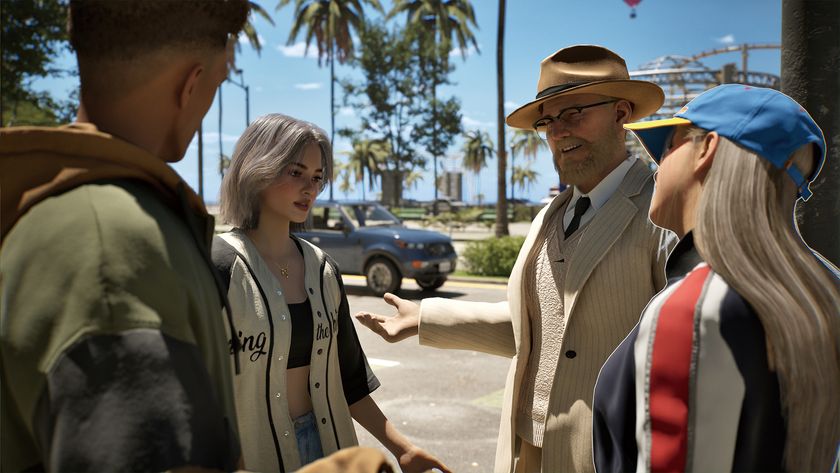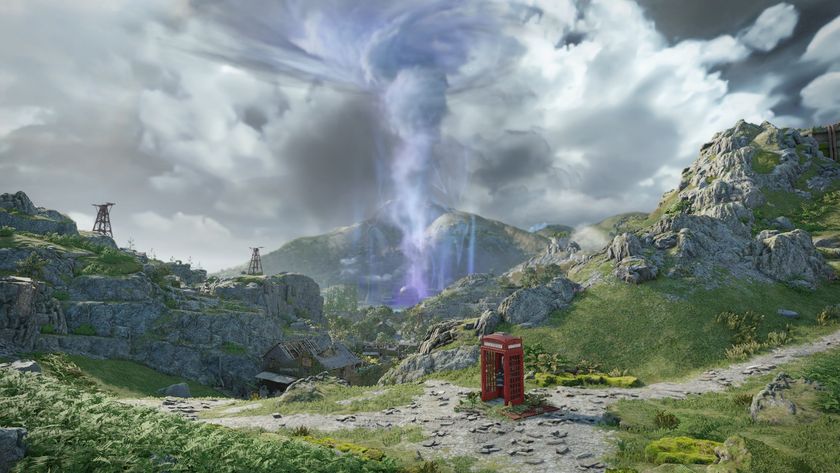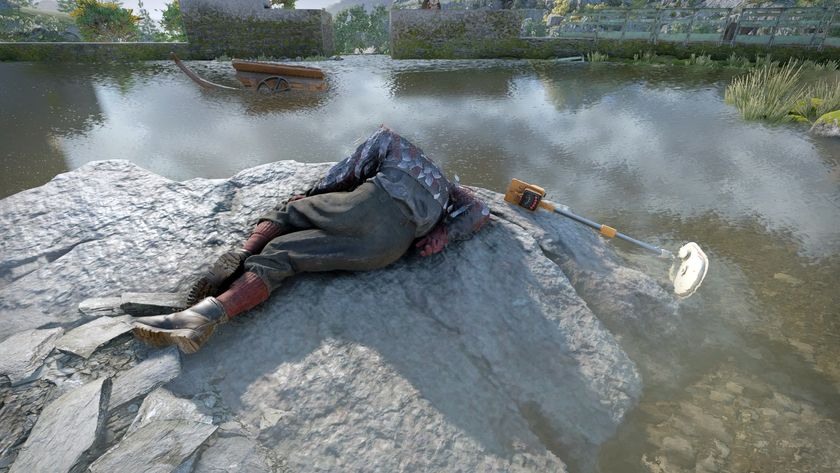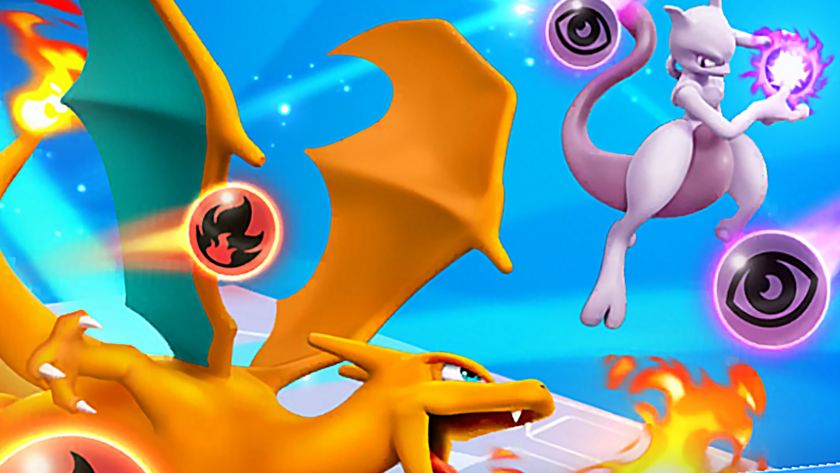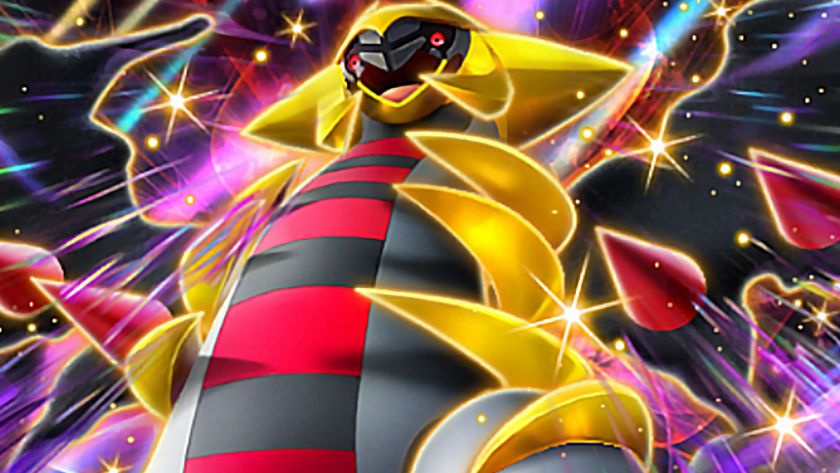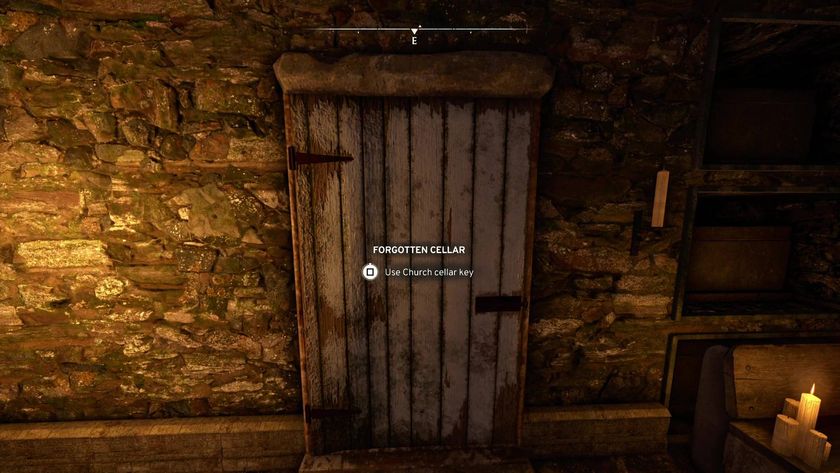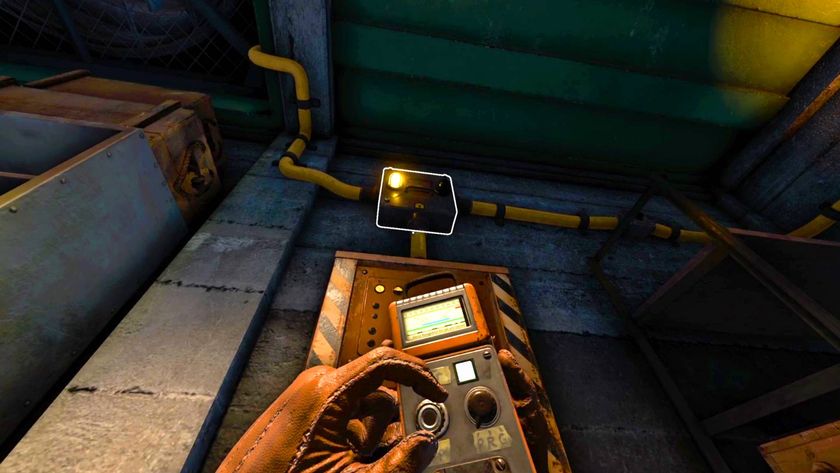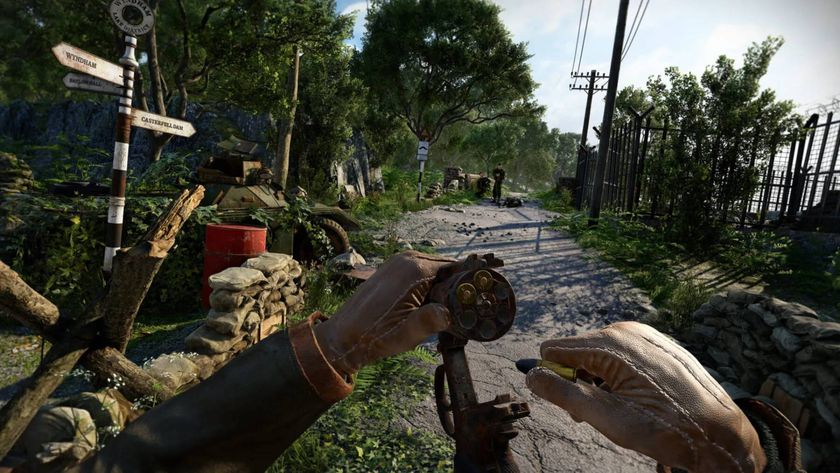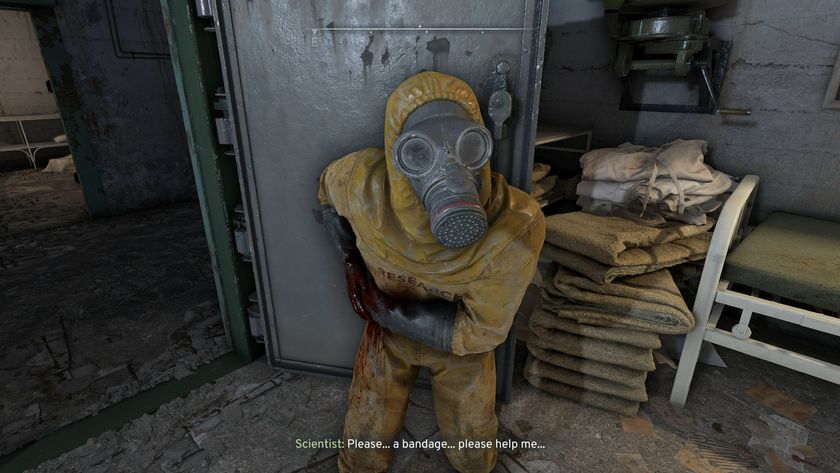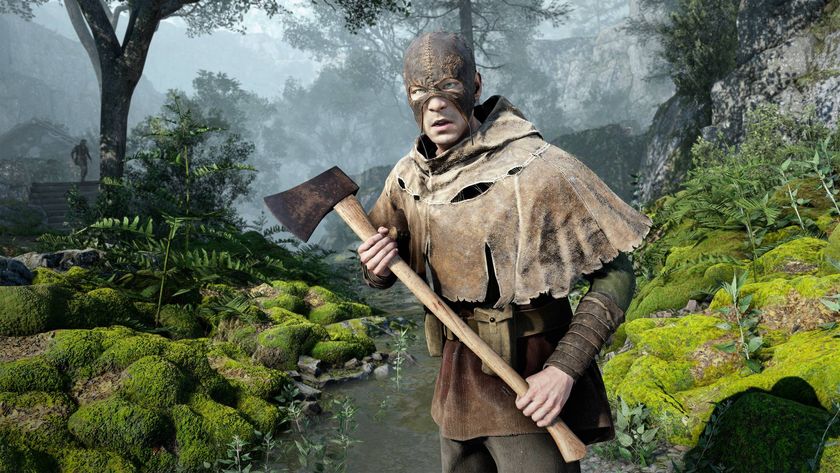How to quickly understand Monster Hunter World (especially if you’re a Destiny player)

Monster Hunter World has turned the Exotic-garbed heads of a great many Destiny players over the last few months. And since the game’s launch on Friday, that hype seems to have translated into a good number of Guardians turning up in Astera’s marketplace, eager to join the hunt. I know, because I am among them, as are a lot of my hardest core Destiny crew. I’ll get into the deeper reasons for this in a dedicated article later in the week, but for now, I wanted to write a quick Monster Hunter primer for my brothers and sisters in the Vanguard who are either taking their first steps into a dino-smashing career, or are tempted to join up but unsure of just how at home they’re going to feel.
The answer, you see, is ‘very at home’. While Monster Hunter is far more complex than Destiny (its influence on the notoriously deep Dark Souls quickly becomes clear), the broad sweep of its set-up, structure, game-flow, and progress path will be very familiar indeed. You won’t realise it at first, as you stagger around in a menu-addled daze, just trying to make sense what anything in front of you actually is, and how it works. But once you do, you’ll discover that you basically already get it. So let me get you there quicker.
- Monster Hunter World guide
- Monster Hunter World starter guide
- How to play online with your friends in Monster Hunter World
Astera is The Tower

A pretty simple analogue, this one. A combat-free social space filled with vendors, resources, information centres, and the odd Easter egg or two, Astera town is Monster Hunter’s equivalent of the Destiny’s Vanguard Tower (or Farm). Here, you’ll kick back in between missions, manage your ever-expanding inventory, tune up your load-outs, plan your long-term progress strategies, and, if you’re lucky, get to tickle a pig.
There’s even a command table, that feels a lot like the old Vanguard Hall gathering space in the first Destiny, at which you’ll often find yourself being barked at by a stern old commander before story missions. If you’re a Destiny player, you already know why this situation will becomfortably familiar. That commander will immediately become Zavalla’s rosier-cheeked, fantasy cousin in your mind, and you will be entirely happy about this. Though if you want the social bustle of the Tower, you’ll want to head to the Gathering Hub up top, as that’s the only place you’ll actually see other players.
The Quest Board is the Director
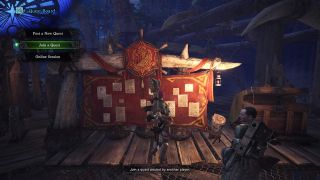
The Quest Boards in Astera are where you’ll launch (almost) all activities in Monster Hunter World. Main story missions, optional side-quests, special resource hunts… You’ll find all of your current main options listed here, along with maps of each activity’s location. The key difference is in the way that co-op works, which is a tad more complicated. While Destiny keeps groups together through activity choices, meaning that a mission launch for one is a mission launch for all, in Monster Hunter you’ll have to manually sign up to your friends’ activities as they happen. It‘s easy enough once you know how it works though. You just post a Quest yourself if you’re leading the activity, or look for one to join if not. The same goes if you’re looking for help or looking to help in a public game. Check out our guide on how to play online with your friends in Monster Hunter World for more info.
The Smithy is Banshee. And Xur. And all the other Vendors. And your gear screens
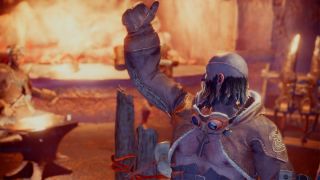
The Smithy’s workshop might not be the single most important shop in Astera – as the game goes on, all of them will become vital to your progress and empowerment in a whole bunch of different ways – but given how fundamental it is to the meat of your combat prowess, it’s definitely the one you’ll spend most time at. Make good note of the location of the Smithy. You’ll spend more time there than you will in your own house.
Here, as long as you have the right materials, you can forge new base-level gear, upgrade existing weapons to new power levels along new, branching, specialist paths, ‘devolve’ weapons to a lower level in order to change their direction – brilliantly, you’ll get back all the crafting materials used, meaning that it’s impossible to trap yourself down the wrong upgrade tree – and construct any, special purpose armour piece you have the monster parts to make. It looks over-facing at first, but once you get into it, everything operates via thoroughly comprehensible upgrade trees and armour perks screens which will tell you everything you need to know about what you’re using and what you’re getting. There are though, a lot more stats than you’ll find in Destiny. Speaking of which…
- Monster Hunter World weapons guide
- Monster Hunter World armor skills explained
- Monster Hunter World monsters guide
Armour Skills are your perk system
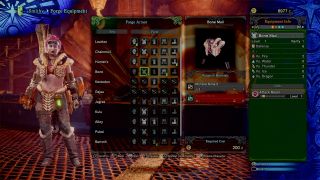
Your armour’s defence and elemental resistances are just the basic levels of its functionality. When you start getting into the deeper levels of build-crafting, and begin putting together more specific armour sets with deeper gameplay modifiers, you’ll want to pay serious attention to each piece’s Armour Skills, which can be found on the later pages of its stat screen in the Smithy.
Armour Skills do all kinds of things, from offering resistance to status effects like poison, to boosting your weapons’ Affinity rating – basically your chance of scoring Critical Hits – to buffing your health and stamina, to improving your prowess in pretty much any gameplay situation you can think of. The important thing to remember is that Armour Skills stack, meaning that multiple armour pieces with the same Skill will increase its power. Just get out to the workshop, check out the Skills on all the armour available, do a bit of maths, and you can quickly start designing a specialist set for exactly the needs of your next hunt.
The Hunter’s Pouch is your Inventory, the Item Box is your Vault
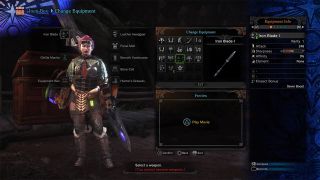
In Monster Hunter World, you will have a lot of items at any given time. Between weapons, armour, crafting resources, ammo, and health and status items, you’ll likely have dozens if not hundreds of bits and pieces to play with. The easiest way to manage all of this – and ensure that you don’t run out of space to collect new things while out in the wild – is to regularly manage your inventory whenever back in Astera.
To do this, you’ll want to head to one of the multiple Item Boxes scattered around the town. Here, you can swap your stuff between your Hunter’s Pouch (which holds your immediate carried resources, and is also accessible via the pause menu) and the larger, at-home stash. And it’s worth remembering that if you have any frequently used items set up to auto-craft – such as health potions, and favoured ammo types for Bowguns - this will happen whether the required materials are in your Pouch or your Item Box. So that makes things pleasantly easy.
The Resource Center is the Bounty Board
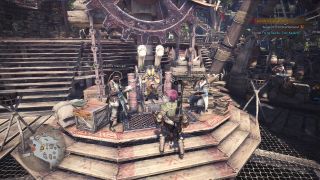
The Resource Center, located in the middle of Astera’s main market square, is another vital location that you’ll want to visit whenever you’re in town. Here, you’ll pick up Bounties, which – just like Destiny’s equivalent – are optional, side-objectives that you can complete whenever you’re doing any activity in Monster Hunter World. They’re often things that you’ll do over the course of normal gameplay without making any special effort (such as collecting resources and killing monsters of all sizes) and when turned in back at the Center, will reward you with Armour Orbs, which are the currency you need to permanently boost the stats of your protective gear. So they’re vitally important. Always be Bountying, basically.
Investigations are also Bounties (sort of)
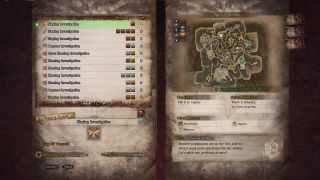
Investigations are more involved, tougher versions of Bounties, which act as their own, bespoke activities, and which usually involve something like hunting a big monster (or several) within a set-time limit. See them as side-quests, with specific, higher-level material rewards. You’ll also get and register them from the Resource Center, and, as ever, you’ll need to return there to cash them in.
Expeditions are Patrol mode
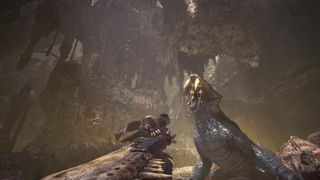
Need some pressure-free exploration time to collect those resources and farm the monster materials you need for your next armour piece? Expeditions are where it’s at. Allowing you to freely scout the New World’s hunting areas, shackled by neither time limit nor failure conditions, Expeditions are Monster Hunter World’s free-roam mode. Just head to any of the gates out of Astera, hit X or A (depending on your controller), and away you go.
Your charged weapon abilities are your Super
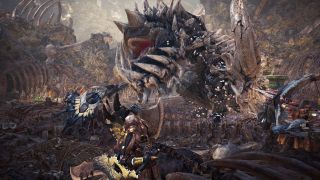
Okay, I’m really over-simplifying here, but the comparison will help to get your head around some of the initial complexities of Monster Hunter’s combat. Most weapons have some kind of special, powered-up state, and getting used to the rhythm and flow of this duality, and learning to see your full capabilities as a holistic, inter-related whole, will really help you become effective quickly, both on solo hunts and in a team.
Their functionality and use vary wildly – Long Swords, for instance, have a Spirit Meter, which is built up through combat and can trigger powered-up combos, while Heavy Bowguns have recharging special ammo of multiple types – and properly learning how to use each one has a whole lot of unique depth in itself. But, like a Destiny Super, you’ll do very well to quickly investigate exactly what your current weapon of choice can do, learn its strategic ins and outs, and get a handle on exactly when and how to drop the big power for maximum effectiveness.
Sign up to the 12DOVE Newsletter
Weekly digests, tales from the communities you love, and more
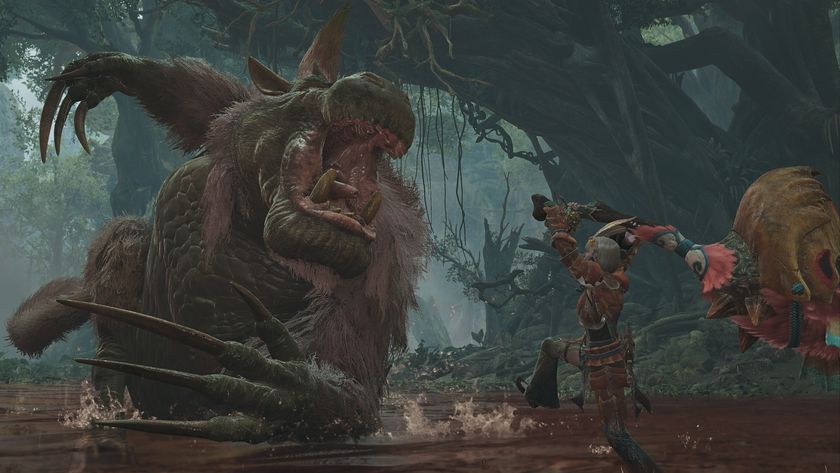
If you missed the last one, the new Monster Hunter Wilds event quest is another way to stock up on rare ingredients before the big update drops next week
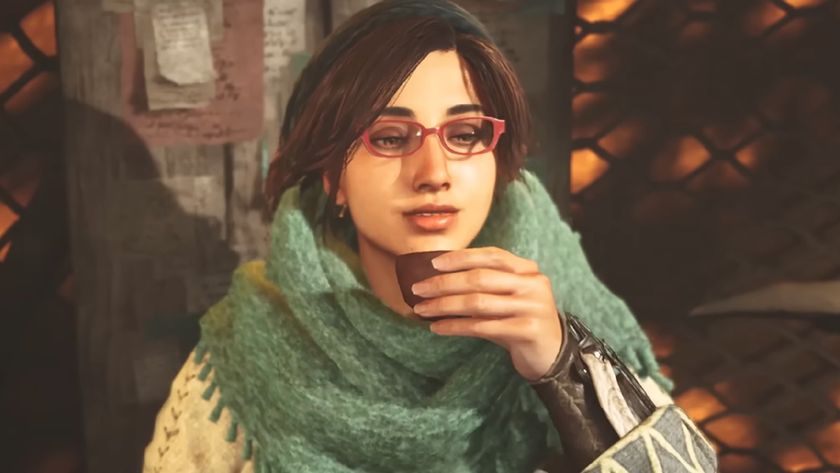
Monster Hunter Wilds' first major update rights its greatest wrong by adding a proper Palico cooking animation, and it's letting you change Alma's glasses

